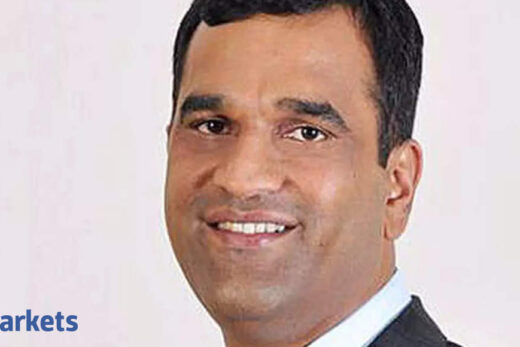Before reconsidering her portfolio choices, Nidhi must understand that the difference between a passive and an active fund lies simply in the manner in which the fund is managed. In case of an active fund, the fund manager picks specific stocks to get the best returns possible. A passive fund might be designed to track the performance of an index (such as Nifty 50) by investing in the same stocks in the same weightage, a process that’s often automated.
Nidhi, like many investors, rather likes the idea of active funds on instinct. It feels reassuring that someone is doing the painstaking research to carefully select the stocks they feel present the best investment options. By this logic, actively-managed funds should consistently be able to beat the market and provide investors with a return that is in excess of a passively-managed fund. A fund manager may be able to read a situation in the market to take advantage of specific situations. The price Nidhi pays for this superior return is the fees charged. Therefore, the fund doesn’t only need to perform ‘better in the market’, but also needs to cover its own cost. Unfortunately, studies have shown whilst some active funds do extremely well, a lot can struggle to even beat the index. While Nidhi could decide to monitor the performance of her investment portfolio, it’s not quite as simple as just ‘switch to one making money.’ Past performance does not guarantee future returns.
On the other hand, a passive fund is generally cheaper – because it’s largely a static list of stocks, less research is needed and there are less transaction costs. Moreover, it doesn’t need specialist fund managers. Consider the cost comparison. While an active fund may charge 1.25% of Nidhi’s investments every year, the passive funds may cost around 0.25% a year. However, as passive funds are designed to be nonreactive, it may mean a lack of reaction to specific scenarios, high growth (albeit riskier) opportunities and missing out on outperforming the market.
The ideal choice for Nidhi is a really good active investment that consistently performs better than the market and always covers its own costs. When it comes to making a decision between the two, the cost angle is very important and passive funds tend to be the better performers after accounting for the costs. However, the absolute best active funds were able to beat the passive funds by a large margin. So while the debate rages on, the key thing for Nidhi is to make sure she understands what she is investing in, that it’s right for her and she understands the basic mechanics.
(Content on this page is courtesy Centre for Investment Education and Learning (CIEL). Contributions by Girija Gadre, Arti Bhargava and Labdhi Mehta.)



